This review is taken from PN Review 286, Volume 52 Number 2, November - December 2025.
on Gboyega Odubanjo
Gboyega Odubanjo, Adam (Faber) £10.99
It’s Us
The late Gboyega Odubanjo’s 2024 collection Adam begins, ‘it’s us eyebrow slitted in the archives’. Taking its title from the name given by British police to a young unidentified Nigerian boy whose torso was discovered in the River Thames in 2001, Odubanjo’s book can be seen as an alternative archive of Adam, an expansive corrective to the insufficient state record of his death. Like the tide of the river he is so inextricably linked to, Adam’s death retreats and returns throughout the collection, which documents not only his death, but the ways in which he lives, and the diasporic community he enters into. Themes of the collection include water, community, grief, myth and music, all interconnected and overlapping.
Early poems such as ‘Adam’ and ‘Breaking’ report the facts of the young boy’s death, before ‘The Lyric Adam’ introduces a distinction between Adam the boy and Adam the concept: since ‘benin city only knows the actual boy’, it follows that ‘not consigned to limits of perspective nor to the limits of intimate or actual experience. / adam now sees the universality of adam’. The worry, of course, with positioning Adam as a universal subject is one that comes with the use of any tragedy to make art: the metaphor risks being too literary and distant, or worse, disrespectful to the boy himself. Odubanjo echoes these qualms in a section of the central sequence ‘You: The Many Adams of Adam’, with the speaker asking Adam: ‘all i hope is that / in my squint you don’t see me ...
The late Gboyega Odubanjo’s 2024 collection Adam begins, ‘it’s us eyebrow slitted in the archives’. Taking its title from the name given by British police to a young unidentified Nigerian boy whose torso was discovered in the River Thames in 2001, Odubanjo’s book can be seen as an alternative archive of Adam, an expansive corrective to the insufficient state record of his death. Like the tide of the river he is so inextricably linked to, Adam’s death retreats and returns throughout the collection, which documents not only his death, but the ways in which he lives, and the diasporic community he enters into. Themes of the collection include water, community, grief, myth and music, all interconnected and overlapping.
Early poems such as ‘Adam’ and ‘Breaking’ report the facts of the young boy’s death, before ‘The Lyric Adam’ introduces a distinction between Adam the boy and Adam the concept: since ‘benin city only knows the actual boy’, it follows that ‘not consigned to limits of perspective nor to the limits of intimate or actual experience. / adam now sees the universality of adam’. The worry, of course, with positioning Adam as a universal subject is one that comes with the use of any tragedy to make art: the metaphor risks being too literary and distant, or worse, disrespectful to the boy himself. Odubanjo echoes these qualms in a section of the central sequence ‘You: The Many Adams of Adam’, with the speaker asking Adam: ‘all i hope is that / in my squint you don’t see me ...
The page you have requested is restricted to subscribers only. Please enter your username and password and click on 'Continue':
If you have forgotten your username and password, please enter the email address you used when you joined. Your login details will then be emailed to the address specified.
If you are not a subscriber and would like to enjoy the 292 issues containing over 11,700 poems, articles, reports, interviews and reviews,
why not subscribe to the website today?
